Description
Description: Chinese front part of an eave-end water dripper pottery tile. It bears a finely molded five clawed dragon flying among clouds, the face turned back toward the flaming pearl. The crisp details, like the scales, may indicate that the molding has been hand finished. It is earthenware, glazed with low fired Imperial yellow glaze. The tile is surely belonging either from Hongwu Emperor’s tomb, East of Nanjing, or from the Ming Imperial Palace, North-East Nanjing. It is in fact known that the Míng Gùgōng (明故宫), Nanjing’s Imperial Palace built in 1368 under the first Ming Emperor Hongwu, was destroyed and the Ming palace was gradually demolished, with stones and carvings taken away to be used as building material and decorative elements on other projects. The style of the dragon confirms that this tile is from Hongwu or not later than Yongle reigns.
Dating: 14th / 15th century, Ming dynasty.
Size: 31.5 cm wide
Provenance: Antiquarian market.
References: See, in the last pictures: a picture of the yellow roof of an Imperial palace, a picture of similar yellow examples from the Nanjing’s Museum taken from “Ming, the Golden Empire” the catalog of an exhibition held at the National Museum of Scotland, and a picture of a green glazed tile from a commercial site, with an interesting description reported in the Notes here below.
Notes: According to traditional Chinese belief, roofs are platforms of communication between the world of the living and spirit realms. Consequently they were decorated to ward off evil and to act as a magnet for blessings and good fortune. Marco Polo was struck by the visual effect of these brightly coloured tiles, remarking while describing Kublai Khan`s palace at Dadu (modern day Beijing) The roof is all ablaze with scarlet and green and blue and yellow and all the colours that are, so brilliant varnished that it glitters like crystal and the sparkle of it can be seen from far away. The Chinese had made ceramic tiles from early times but it was the Ming dynasty that saw the largest period of production, much of this was based in Shanxi Province at small family run kilns that passed down from generation to generation. Glazed tile-work is known in China as Liuli Wa, literally `roof-tile of glass`, a term dating back to the Tang Dynasty (618-906) although Tang tiles are now very rare. The soft earthenware used to make Ming tiles varies but often is uneven in its constitution with lots of grog. The tiles were mold made with a large amount of hand working, giving a completely hand-made look with lots of sharp detail and undercutting. They were lead glaze and low fired which means the glaze often runs. There were two basic colour schemes used Sancai (greens, yellows and browns) and the darker palette of Fahau (turquoise, blue and purple). The dating of Chinese glazed tiles, which were made over a long period of time with little change, is difficult. Knowing when the building they came from was built doesn’t help as tiles, exposed to the elements, needed replacing from time to time and so a building might contain tiles made over several centuries. However an approximate chronology can be understood, and with the study tile construction replacements can be identified as being different to the genuine Ming examples.
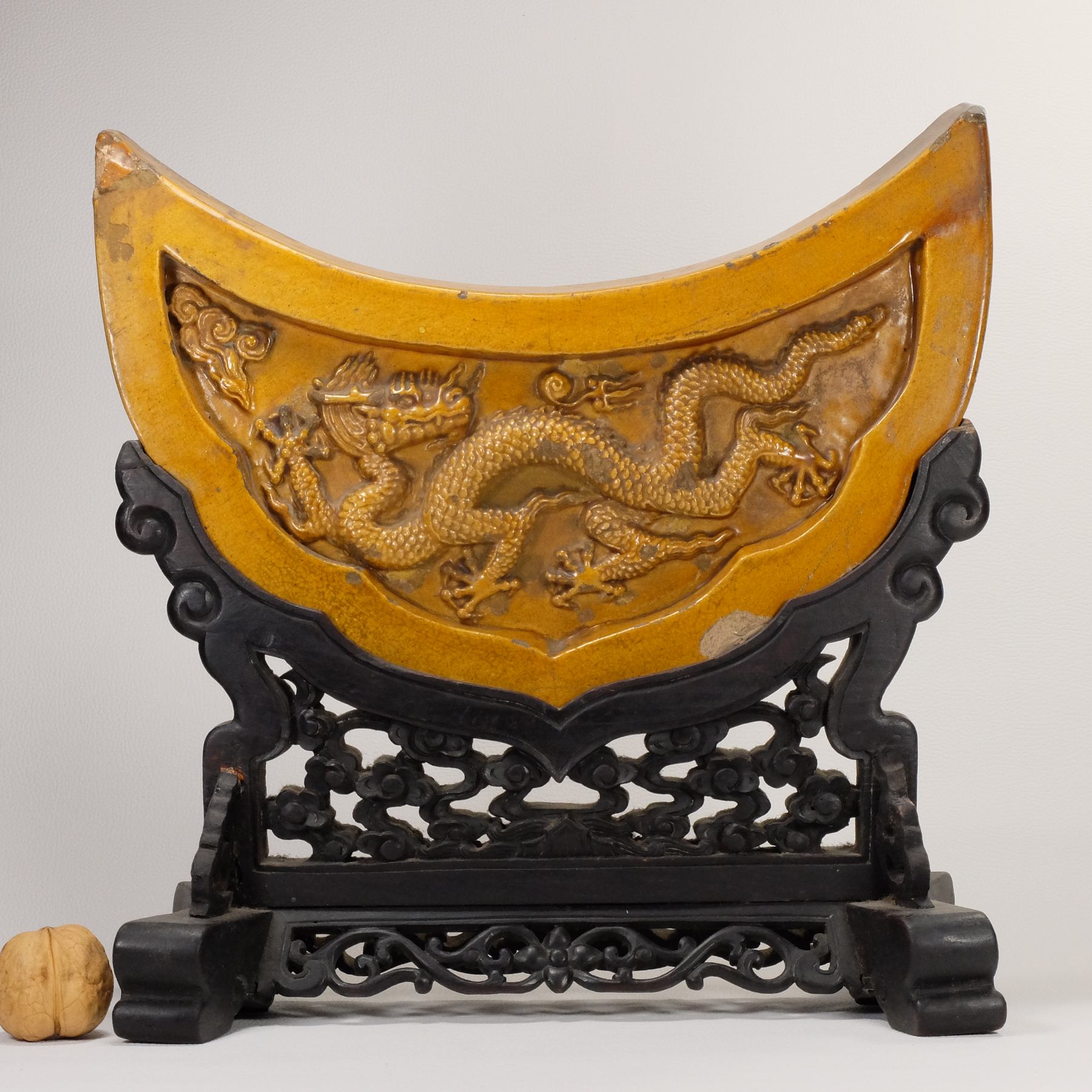
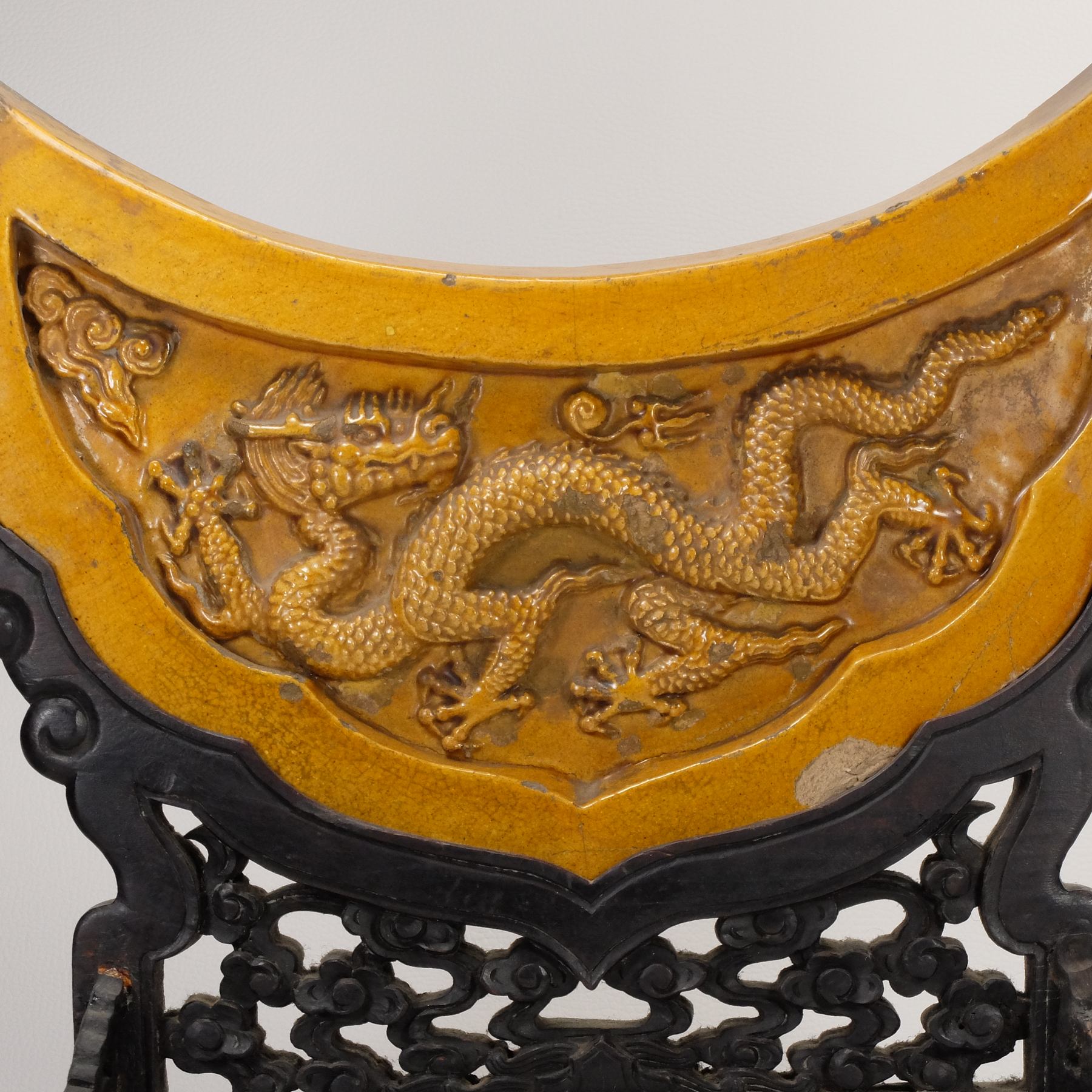
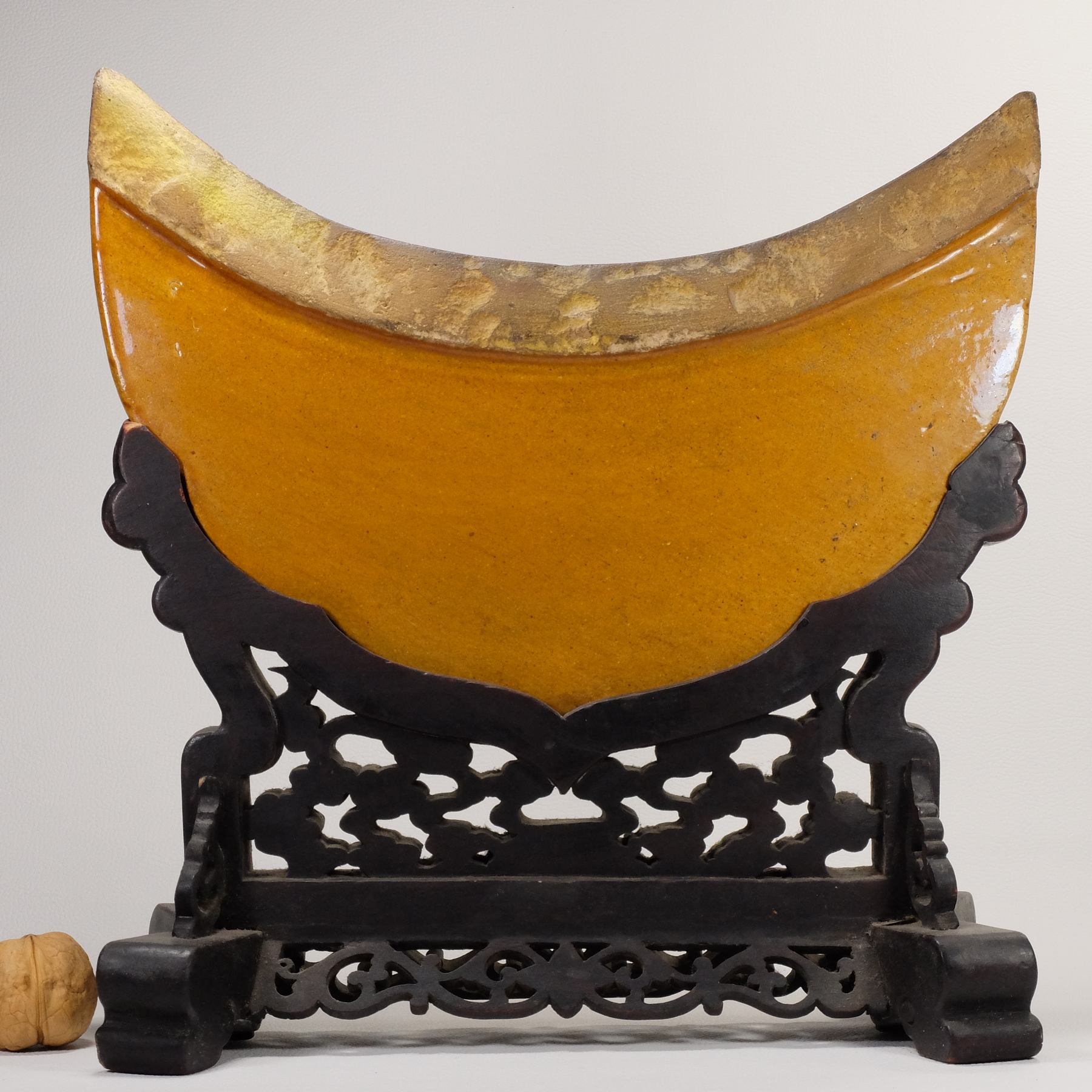
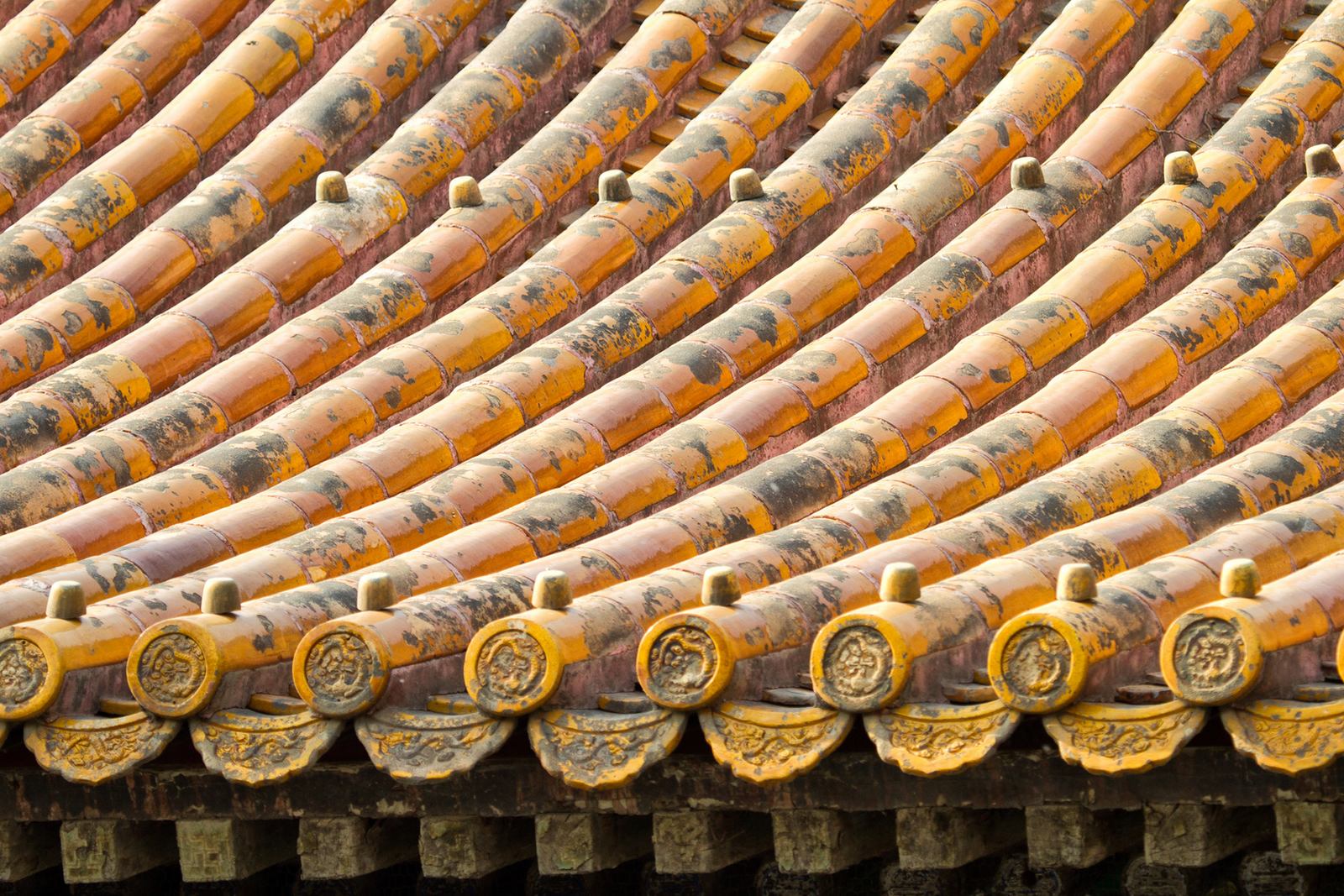
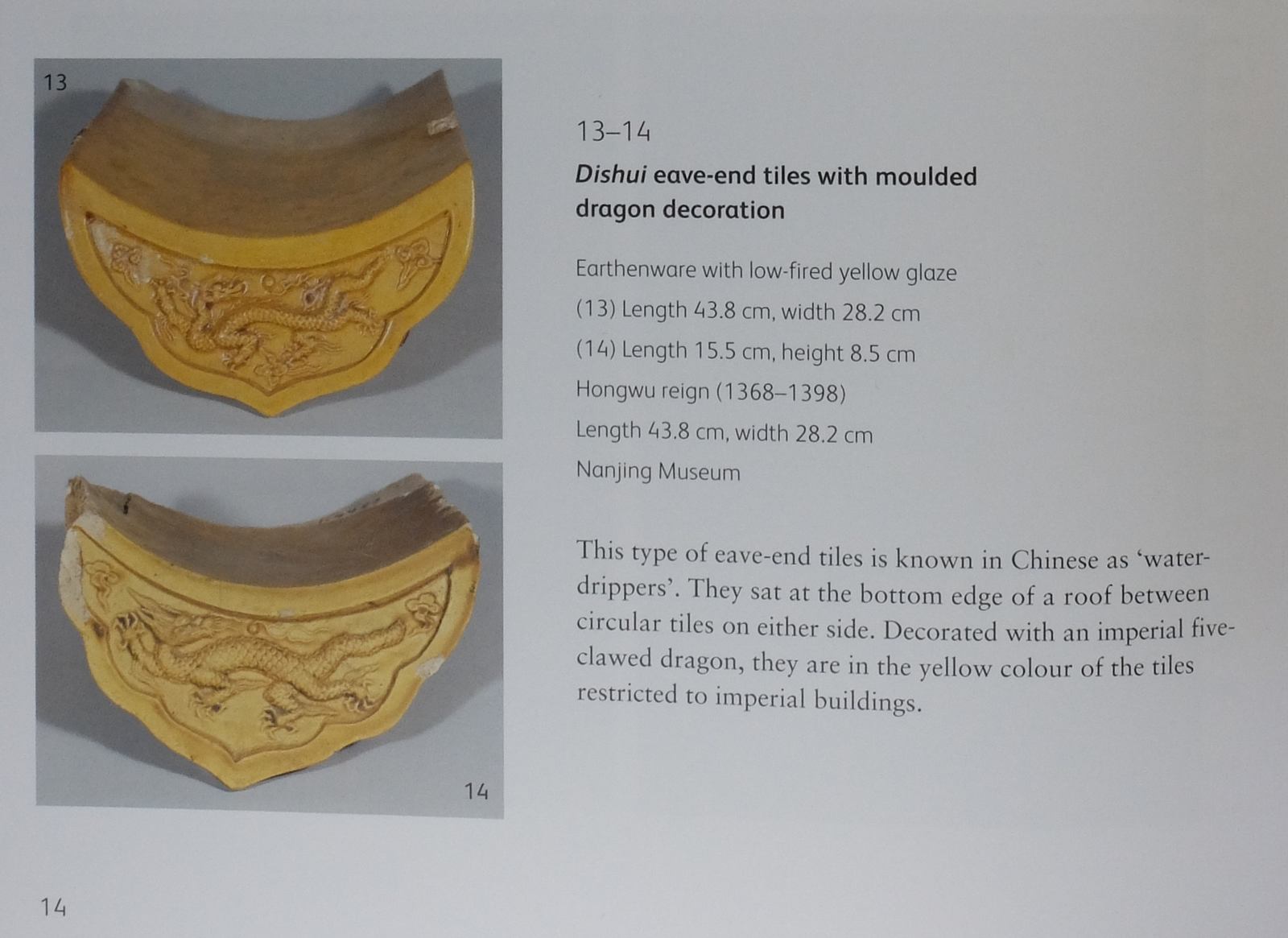


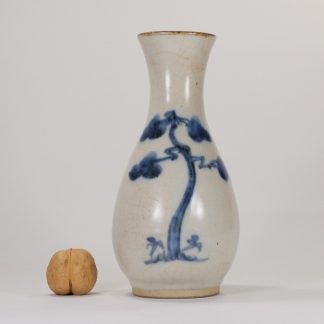
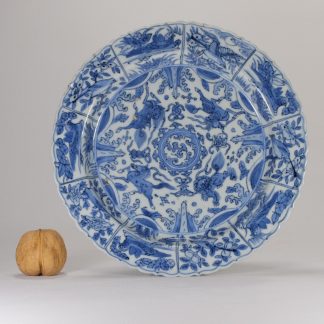
Reviews
There are no reviews yet.